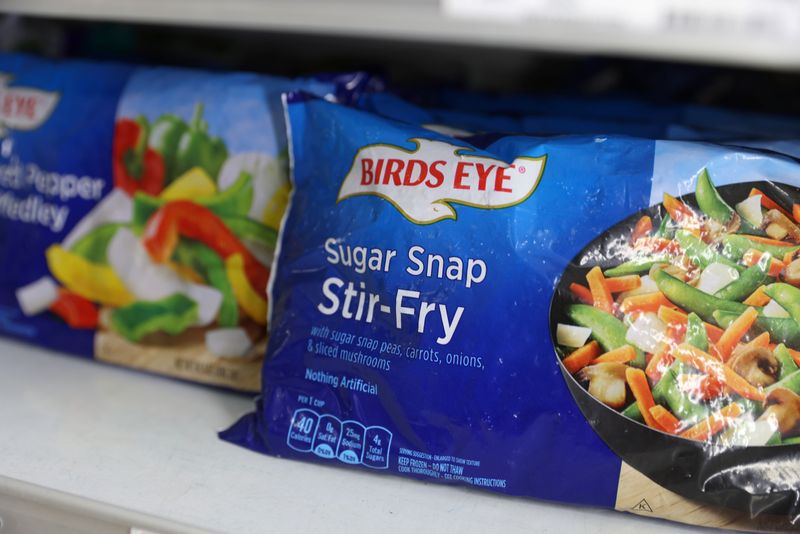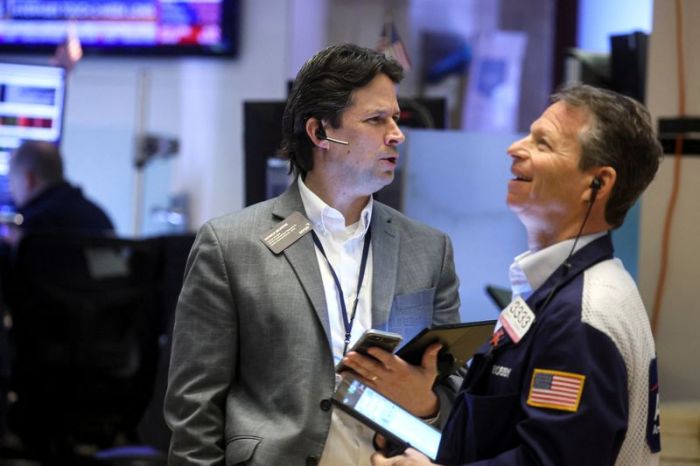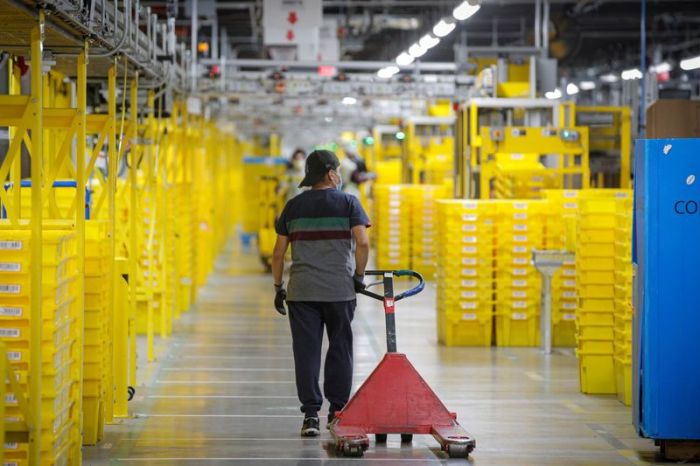By Mehr Bedi and Deborah Mary Sophia
(Reuters) -Conagra Brands Inc cut its full-year profit forecast on Thursday as multiple price hikes and resilient demand failed to provide a bulwark against inflationary pressures and costs stemming from supply chain snarls.
Global food companies, stretched since the pandemic outbreak by elevated freight and labor expenses, are now staring at higher costs of corn, wheat, proteins, and edible oils as the Russia-Ukraine conflict fuels a rally in commodities.
The maker of Duncan Hines cake mixes expects gross inflation of about 16% for the year, higher than its previous view of about 14%.
“We’ve experienced a lot of inflation, but we’ve also been aggressive in taking the justified actions to offset it,” Chief Executive Officer Sean Connolly said in a call with analysts.
The Slim Jim maker now expects adjusted profit to be about $2.35 per share, compared with the about $2.50 it projected earlier.
“Though the guidance reduction itself wasn’t exactly surprising, the degree was a bit more than perhaps anticipated,” J.P. Morgan analyst Ken Goldman said.
Like rivals Kellogg and Kraft Heinz, Conagra has increased prices in recent months with little to no push back from consumers and expects benefits from its latest hikes to show in the first quarter of its fiscal 2023 year, which begins this June. The hikes will target Conagra’s frozen foods and snacks.
Connolly said Conagra would continue to see a lag between the timing of inflation and the benefits from higher prices even as demand remains strong.
“When the consumer has to get more out of their budget, they evaluate all alternatives,” Connolly said. “They see our products are better value.”
He added that Conagra has not seen consumers swapping out their branded products for cheaper store brands. However, the company’s spreads business, which includes Fleischmann’s margarines and Smart Balance and Earth Balance products, is sensitive to private label pressures, he said.
Still, the Act II microwave popcorn owner topped third-quarter revenue estimates and raised its annual core sales forecast, riding on the back of higher prices and sustained demand. Its shares were marginally up in a choppy broader market.
(Reporting by Deborah Sophia and Mehr Bedi in Bengaluru; additional reporting by Jessica DiNapoli in New York; Editing by Krishna Chandra Eluri, Sriraj Kalluvila and Chris Reese)

























